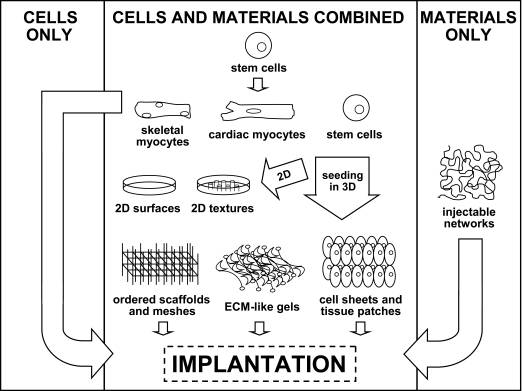In the dynamic world of modern science, biotechnology and cardiology are converging to uncover new ways to study and protect one of the most vital organs in the human body: the heart.
With cardiovascular disease being a leading global cause of death, the development of non-invasive tools, cell-based models, and organ-mimicking technologies has become a critical focus in research laboratories across the globe.
While traditional cardiology relies heavily on animal models and invasive techniques, biotechnology opens a new frontier—one that allows scientists to recreate, monitor, and even repair cardiac tissue in controlled lab settings.
🔬 Cardiac Tissue Engineering: Mimicking the Heart in the Lab
At the core of this innovation is cardiac tissue engineering—the process of creating three-dimensional models of heart muscle using biomaterials and cells. These engineered tissues can contract like natural heart muscle and are often made from human-induced pluripotent stem cells (hiPSCs) that are guided to become cardiomyocytes, the beating cells of the heart.
Such models offer new ways to:
- Study how arrhythmias begin.
- Test the safety and efficacy of new cardiac drugs.
- Simulate rare genetic heart conditions in a dish.
These platforms are especially valuable for personalized medicine, allowing researchers to model a specific patient's heart tissue and predict their response to therapies.
🧠 Learn more: Cardiac tissue engineering overview – Wikipedia
🧪 Organs-on-Chips and Microfluidic Heart Models
One fascinating area of biotech is the development of heart-on-a-chip systems. These are tiny, bioengineered platforms that replicate key aspects of heart function—including electrical impulses and mechanical contractions—within a microfluidic device. By simulating the heart in a dynamic environment, scientists can better understand drug toxicity, arrhythmia triggers, and how certain chemicals affect cardiac health over time.
A study published on ResearchGate highlighted the role of these platforms in reducing the need for animal testing and offering faster, more ethical methods for cardiotoxicity screening.
🧬 Bioprinting and Cardiac Patches
Another promising advancement is 3D bioprinting of cardiac tissue. This involves printing live cells and biomaterials into layered structures that resemble the heart's architecture. Although we're still far from printing a fully functional human heart, these printed constructs—sometimes referred to as "cardiac patches"—can be used in preclinical studies or potentially to repair damaged heart areas in the future.
A team of researchers explored this in a PubMed study describing how 3D-printed cardiac patches improved heart function in lab models of myocardial infarction. These bioengineered patches can deliver cells, promote regeneration, and integrate with the host tissue—without invasive surgery.
⚙️ Genetic Tools for Cardiac Research
Biotechnology also plays a key role in gene editing and genetic modeling of heart diseases. Tools like CRISPR-Cas9 allow scientists to introduce or repair mutations associated with inherited cardiac conditions such as long QT syndrome or hypertrophic cardiomyopathy.
By using CRISPR to create targeted mutations in cardiac cells derived from stem cells, researchers can:
- Model specific heart diseases in vitro.
- Discover new therapeutic targets.
- Study the mechanisms behind abnormal cardiac rhythms.
This type of work is actively shared on platforms like ResearchGate, where scientists collaborate across borders to decode the genetic basis of cardiovascular disorders.
🌍 The Future of Cardiac Biotech: Safer, Smarter, and More Personalized
What makes these biotech innovations particularly exciting is their potential to make cardiology more personalized, predictive, and precise. Instead of one-size-fits-all solutions, we’re moving toward tailored therapies based on individual genetics and cellular responses.
Additionally, by reducing reliance on animal models and improving data accuracy, these technologies contribute to a more sustainable and ethical future for cardiovascular research.
For companies like Elex Biotech, which specialize in scientific innovation and lab technologies, these fields represent both an opportunity and a responsibility—to support research that transforms lives without making clinical or health claims.
📚 Further Reading & References
- Cardiac tissue engineering – Wikipedia
- Heart-on-a-chip study – ResearchGate
- 3D-Printed cardiac patches – PubMed
- CRISPR in cardiovascular research – ResearchGate
For more information on advanced biotech tools, visit Gentaur.com for cutting-edge products that are supporting the future of medical research.

